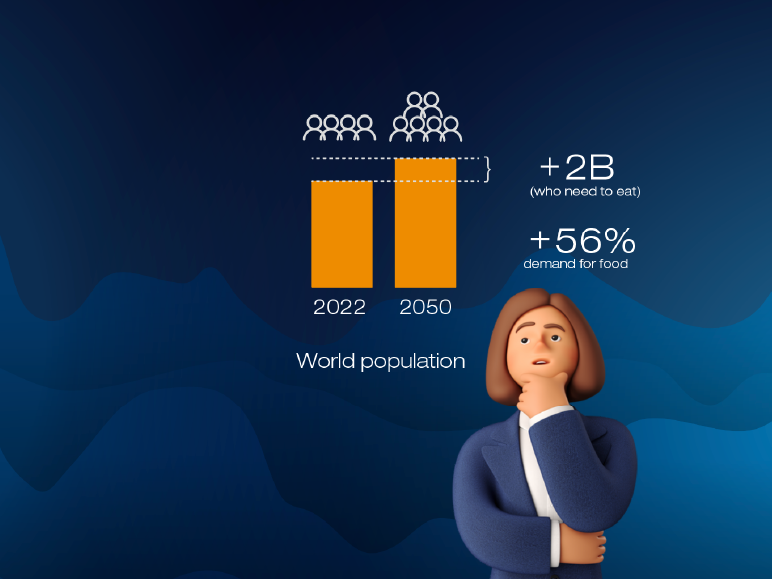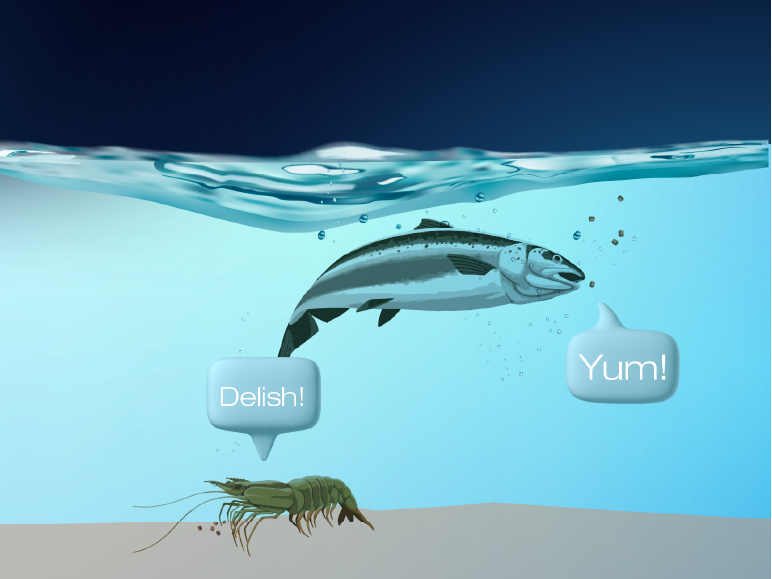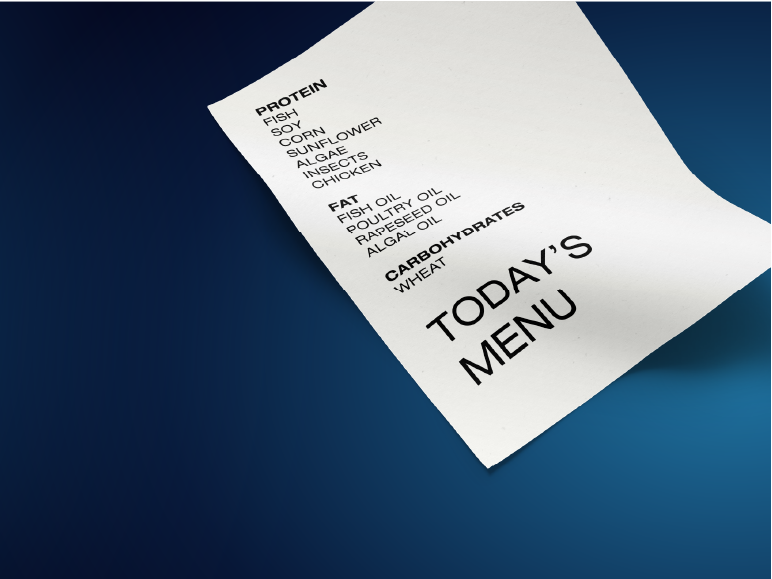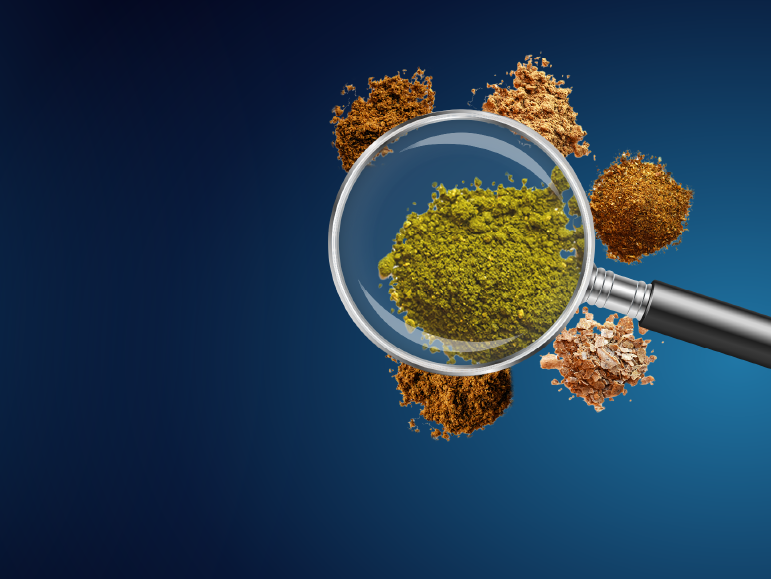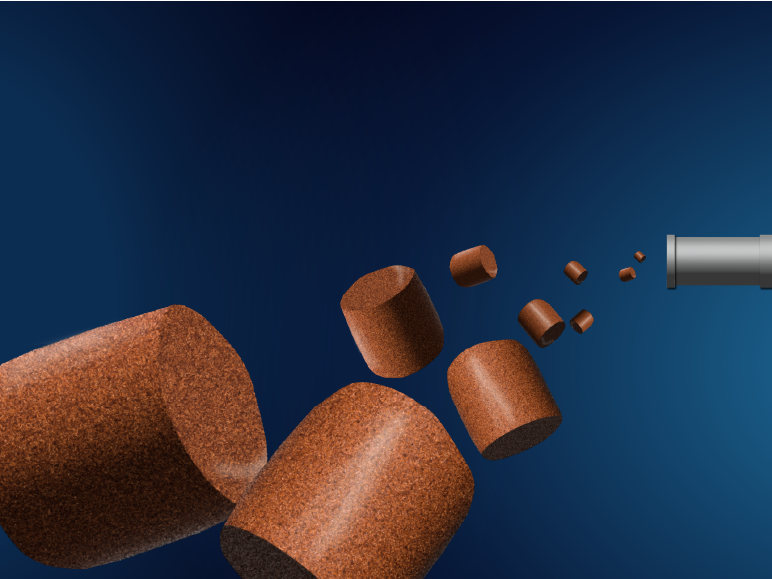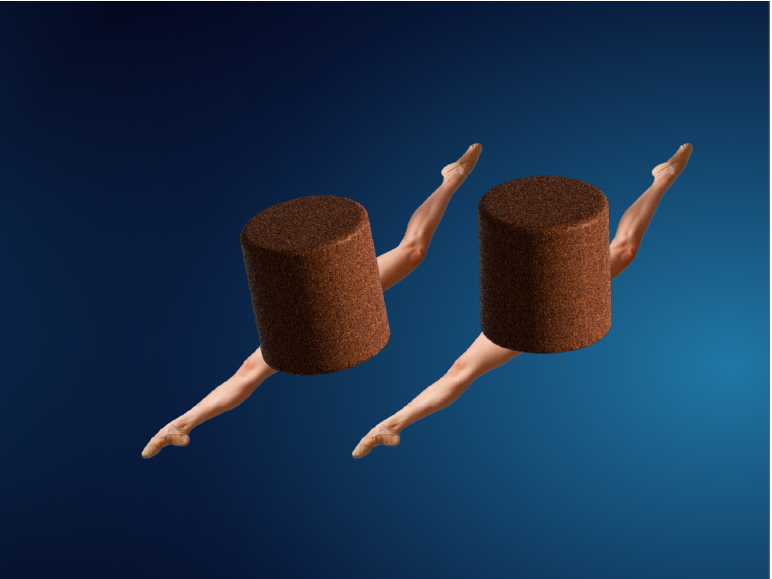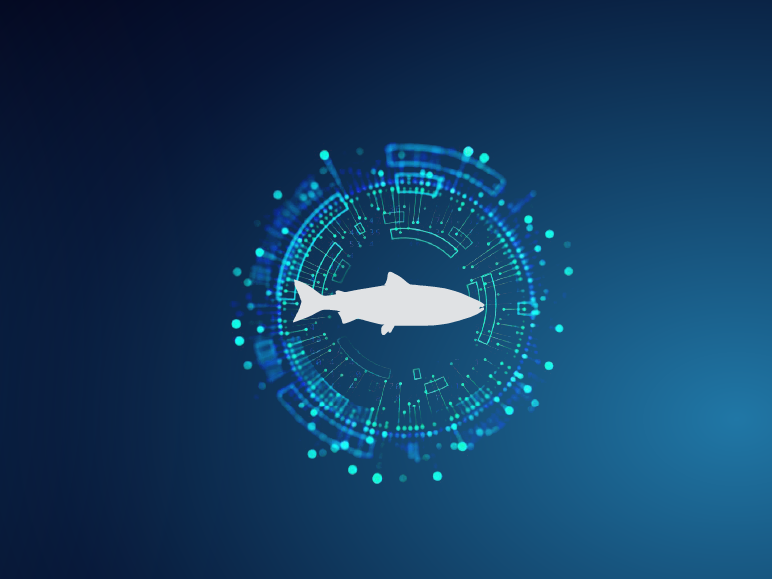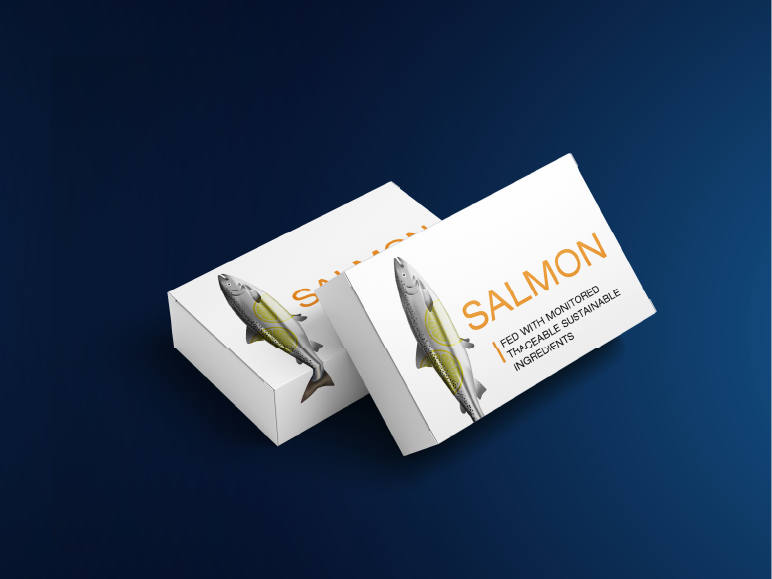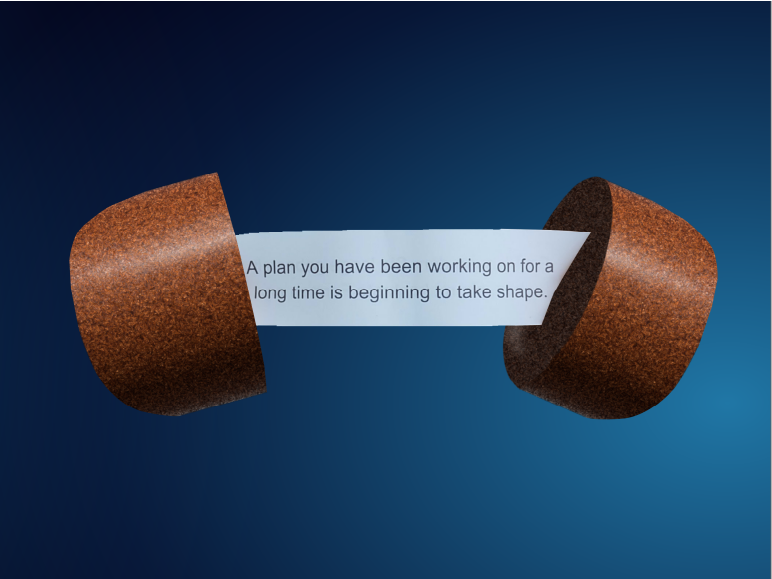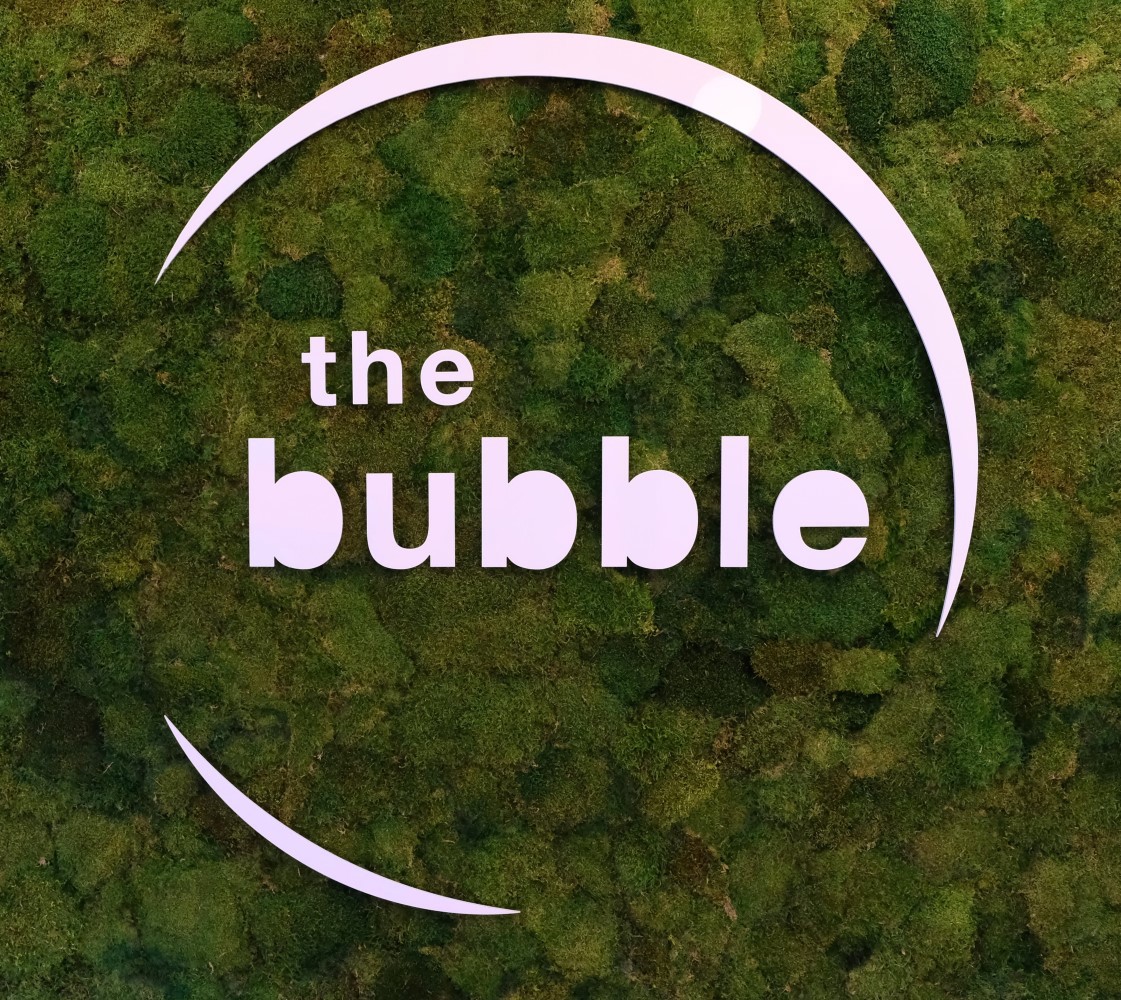
Adding cutting edge technologies to our R&D facilities
Skretting's new facility, called The Bubble, will accelerate technological innovation at Skretting Aquaculture Research Centre (ARC), supported by a dedicated team of expert scientists
Securing fish and shrimp health contributes to a more sustainable global aquaculture. One of our central objectives is to develop and deliver feed and services that enable aquaculture farmers globally to increase their productivity – doing more, with less. Skretting diets are designed to support species health and different farming systems, while minimising environmental impact.
We’re proud to have always been at the forefront of healthy feed, delivering the first significant reductions in fish meal inclusion, the first fish meal and fish oil free feed, the first health feed waaaay back in 1992... the list goes on.
However, not much of this is widely known outside of our industry (sometimes even company) bubble. There are no secrets and mystery here, but, in an exciting development for the nerds we are, we see a lot more people being interested in what we do!
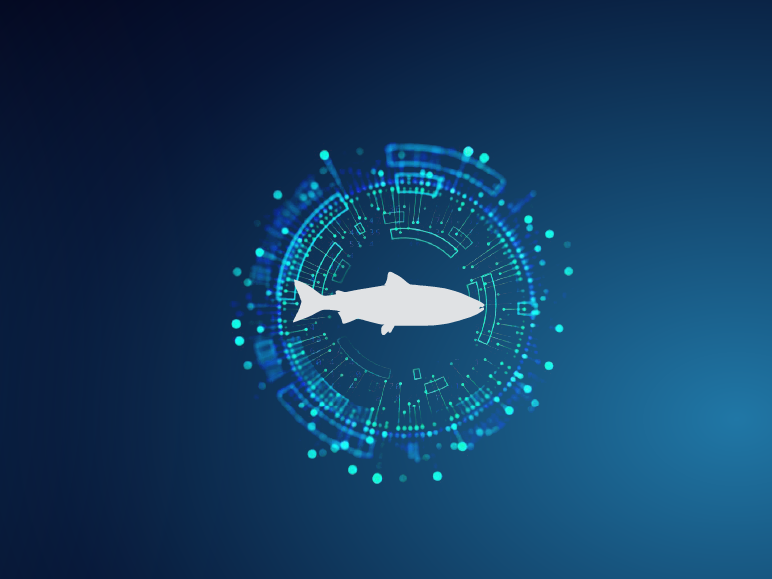
How can we, as people who make feed, but don’t farm, support fish and shrimp with the challenges they face? Well, first we need to have a full understanding of what a healthy animal looks like. That is far more complex than you might think, due to the huge biological differences between the species! Remember the mouse and the elephant? So how do we improve our understanding? Using science and technology. Some of the techniques we use are:

“The Bubble” is our radical research space. It enables Skretting’s dedicated team of scientists to better understand the complexity of the physiological interactions of aquaculture species using many technologies mirrored in the human health sector, including the same techniques that are used to detect breast cancer and pathogens like COVID-19.
Microarray, qPCR, OMICs, cell culture, rapid analytics and quantitative histology are just some of the methods which allow researchers to dig much deeper into the fundamental causes of challenges and risks for aquatic animals. Some of those techniques, like cell culture, enable the team to work in an even more sustainable manner. Indeed, this method gives us the opportunity to pre-screen ingredients with interesting properties and therefore help to reduce the number of in vivo trials.
Many aquaculture systems are open to the natural environment, and fish and shrimp can be exposed to stress such as temperature fluctuations, biological challenges and handling that can lead to negative health impacts. At Skretting, we are committed to helping farmers secure fish and shrimp health through continued investment in R&D and a holistic health management approach.
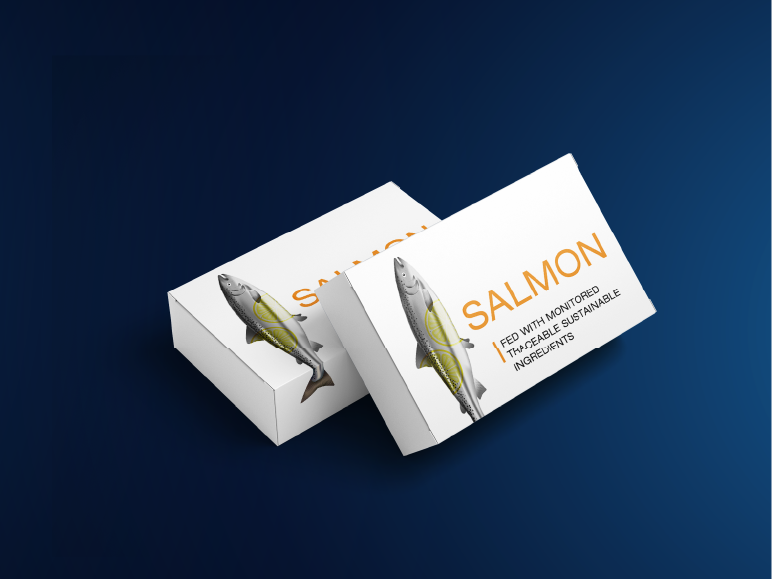
Our feeds include a wide variety of ingredients, which are sourced from all over the world, and close to our production wherever viable. All of the raw materials selected for Skretting diets follow strict quality assurance criteria, and only approved feed ingredients and suppliers are used by Skretting companies. Sourcing sustainably is not easy, and we definitely have more work to do.
